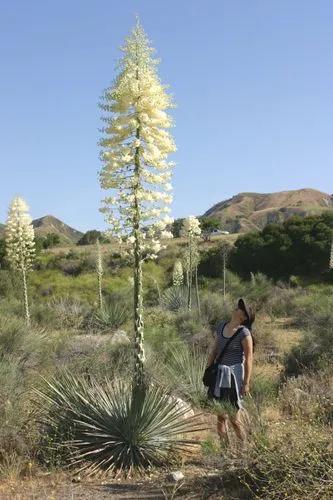Scrophularia nodosa is a perennial growing to 1 m (3ft 3in) by 0.3 m (1ft). It is hardy to zone (UK) 7 and is not frost tender. It is in flower from June to September, and the seeds ripen from July to September. The species is hermaphrodite (has both male and female organs) and is pollinated by Bees, wasps. Suitable for: light (sandy), medium (loamy) and heavy (clay) soils. Suitable pH: acid, neutral and basic (alkaline) soils. It can grow in semi-shade (light woodland) or no shade. It prefers moist soil.
Woodland Figwort Care
Scrophularia nodosa



Leaves and Stem The figwort can be quite tall (up to 80 cm, or perhaps more in 'ideal' conditions). It has an 'angled' or square stem (in cross section).
The leaves arise as opposite pairs and are oval and pointed. The leaves have short stalks (petioles) and are clearly toothed.
Sometimes, the young leaves may have a slight "purple" tinge to them.
Flowers and Fruits The two lipped flowers are relatively small and inconspicuous, and occur in small clusters. Flowering time is June through to August.
The upper lip has two red - brown or maroon lobes whereas the lower lip has three lobes and is greenish. There are five sepals which have membranous edges.
There are four stamens in each flower, and another stamen which has no anther - this is a staminode.
Ecology and other notes The figworts belong to the family - Scrophulariaceae, which includes foxgloves, snapdragons, toadflaxes and cow wheats.
The common figwort is found in damp (deciduous) woodland and hedgerows. It has a foetid smell
It has a tuberous root system - of small nodules - hence its specific name : nodosa. Other names for this plant are Knotted Figwort, Throatwort.
Owing to its species name and family name, the herb was often used for cases of “scrofula,” an old term for lymphatic infections connected to tuberculosis. More generally, the herb was used as a cleansing agent to remove impurities, stagnant infections, and to clean the lymph nodes and systems. Figwort was also topically used for more simple and common maladies like burns, wounds, swellings, abscesses, sores, and sprains. To this end, figwort herb plants were made into herbal teas and ointments for topical and internal healing purposes. Modern herbalists today employ the plant for these same topical issues, and have been known to use it for thyroid problems.
This plant is useful.
This plant might be poisonous
How to get rid of: You can get rid of the plant if you do not insulate it in winter or simply do not moisten the soil.
How to Care for the Plant

Popularity

207 people already have this plant 76 people have added this plant to their wishlists
Discover more plants with the list below
Popular articles






